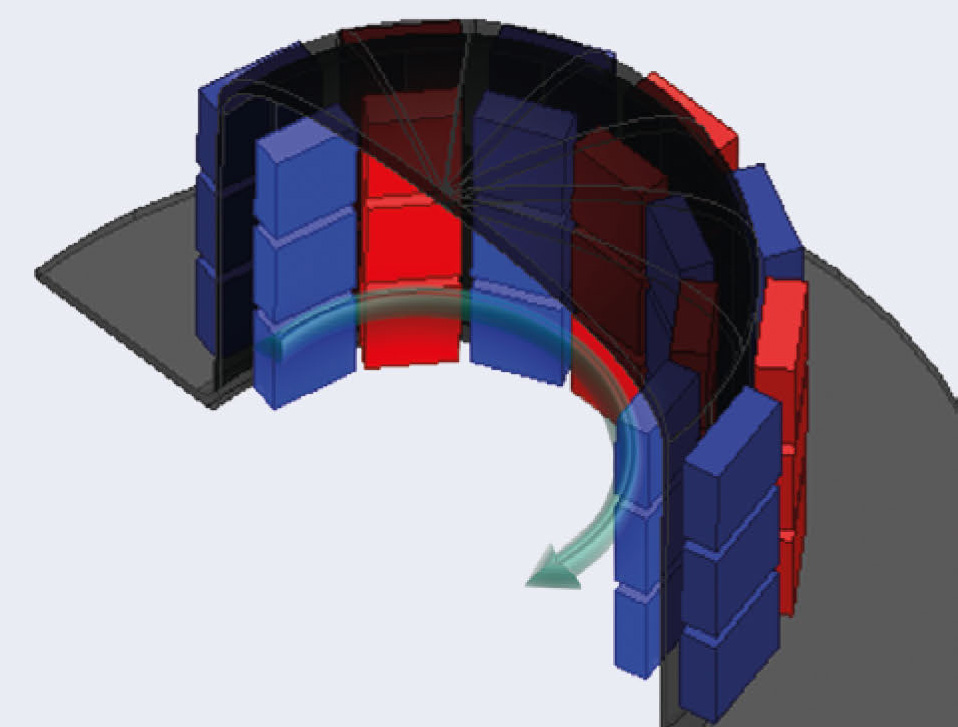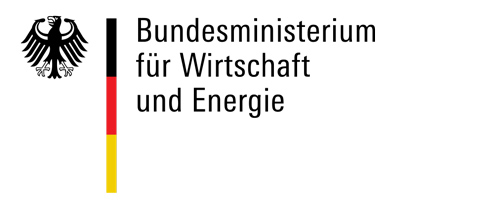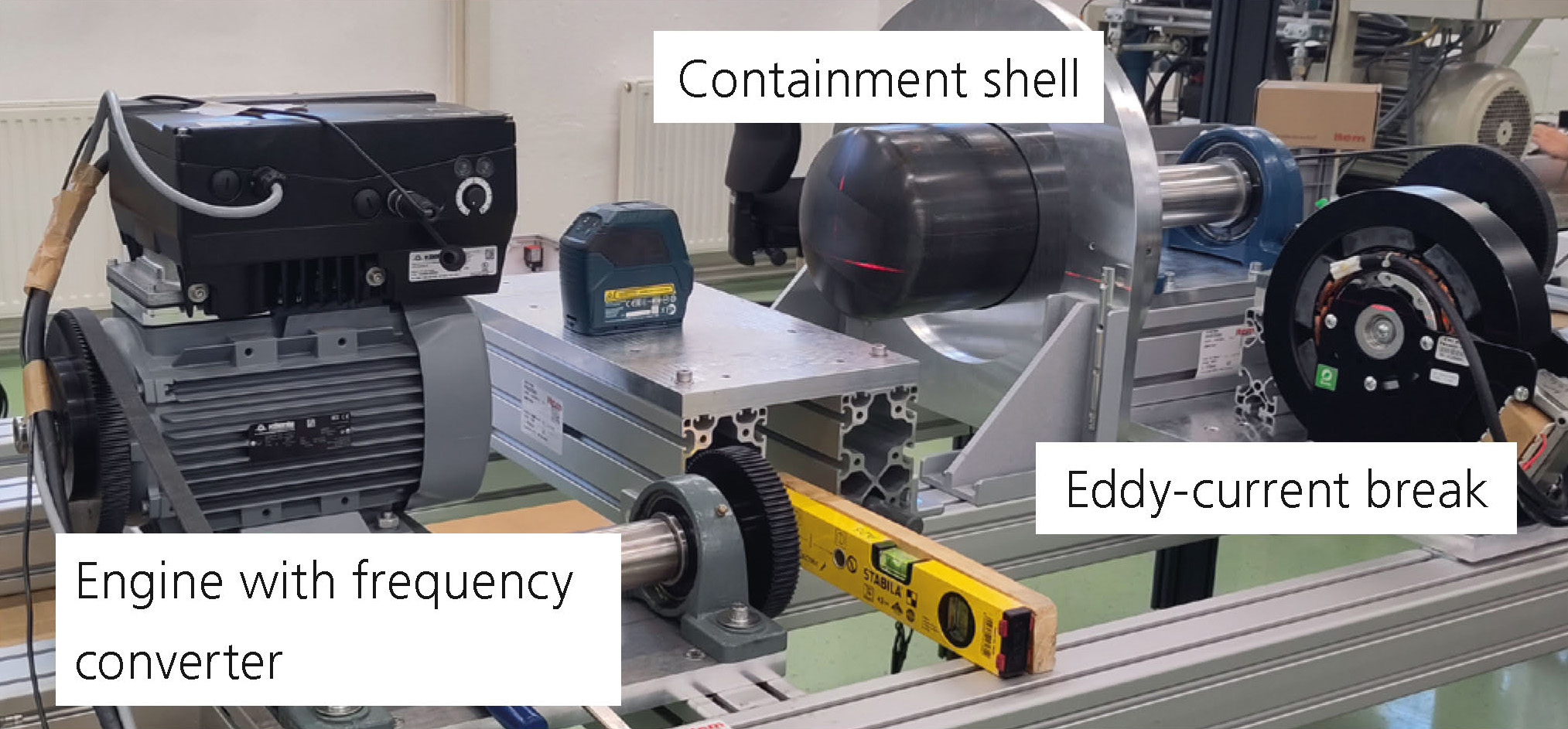
CFRP containment shells in energy-efficient high-power pumps
Current research




Magnetic-coupled centrifugal pumps are used to transport aggressive and dangerous chemicals. A containment shell is located between the outer and inner lines of magnets and separates the engine from the pumped medium. During operation, eddy currents are induced into the containment shell structure through rotation. Since the high electrical conductivity of metallic pots results in efficiency losses of 10–15 %, these pots are more and more replaced by CFRP constructions. The reduced eddy-current induction due to lower conductivity is largely compensated by greater wall thicknesses, which are necessary to withstand the enormous pressure of up to 120 bar. The aim of the work at Fraunhofer IKTS was to dimension the containment shell in such a way that, first, the eddy-current losses can be minimized further and, second, the wall thickness can be reduced while still providing the required strength.
To electromagnetically simulate eddy currents in CFRP, the electrical conductivity of the fabric tapes was first determined on a test bench at TU Dresden. Important parameters of the components (coercivity and B-H curves) were taken from data sheets and entered into the simulation program Ansys Maxwell. This was followed by a simulation with a typical pump speed of 3600 rpm.
The layer structure of the material was then adjusted iteratively, and the resulting eddy-current losses were simulated. Together with the cooperation partner Connova, an optimized CFRP structure was developed, which enables an eddy-current reduction of around 95 %. Eddy-current measurements on a replacement model of the optimized and traditional structures confirm the result. Because of the skin effect, eddy currents propagate on the surface, e.g., when conductivity is high. This effect was more noticeable in the traditional structure than in the optimized material. As a result, the hidden layers were visible in the optimized scan (Figure 3).
The simulations were validated by measurements on real containment shells. For this purpose, a test stand was set up which applies the load of the pump using an eddy-current brake, enables containment shells to be changed quickly and allows for typical operating speeds across several gear stages. Three containment shells were compared, consisting of pure CFRP, non-conductive GRP and the optimized structure. In each of the test specimens, flat coils were added at the same positions, in order to evaluate the eddy current losses. The sensor signals of the coils and the power consumption of the motor were evaluated during tests in defined speed ranges of the containment shells. The measurements confirmed the simulations qualitatively.
There are plans to qualify the containment shells for higher rotational speeds, e.g. for gaseous fluids pumped.
Supported by



